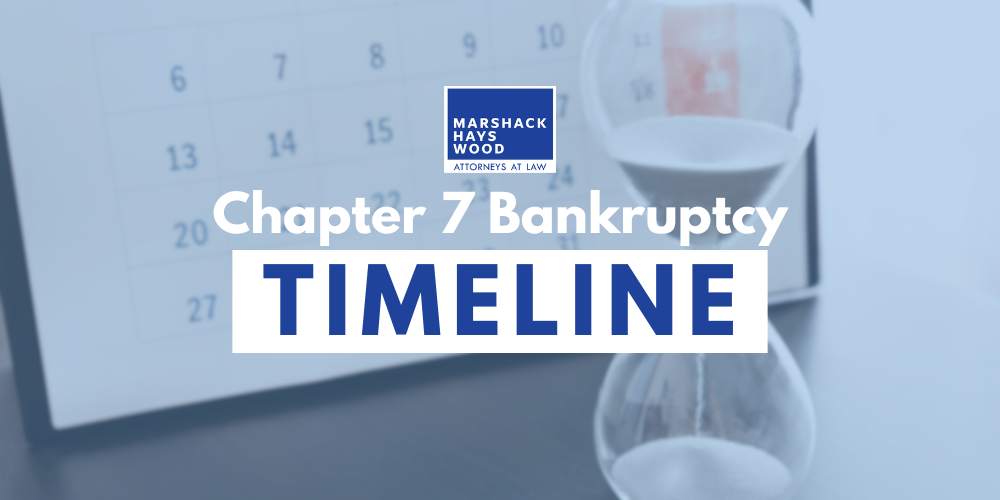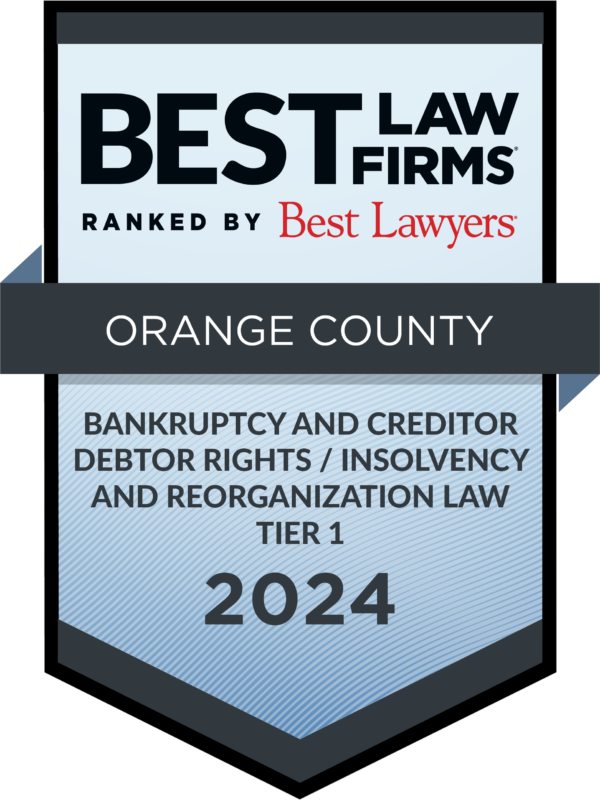Bankruptcy can offer those in debt a blank slate by erasing their debts and offering them a fresh start, but bankruptcy can also be a daunting process. Not only that, but it can be lengthy. Understanding the Chapter 7 bankruptcy timeline can help you better understand how the bankruptcy process works, as well as what you’ll need to do before you can receive your final discharge.
Chapter 7 Discharge Timeline in Orange County
California bankruptcy law is complicated, and the process of filing bankruptcy can be tedious and time-consuming. Luckily, you do not have to go through any of it alone. The experienced Orange County bankruptcy attorneys at Marshack Hays Wood are here to help walk you through the Chapter 7 bankruptcy process and ensure everything goes smoothly.
We’ll assess your current financial situation and help you decide which chapter of the bankruptcy code to file under. From there, we can give you a timeline for your bankruptcy case and help you file everything correctly and on time.
Call us at (949) 333-7777 to schedule a free initial consultation with a member of our legal team.
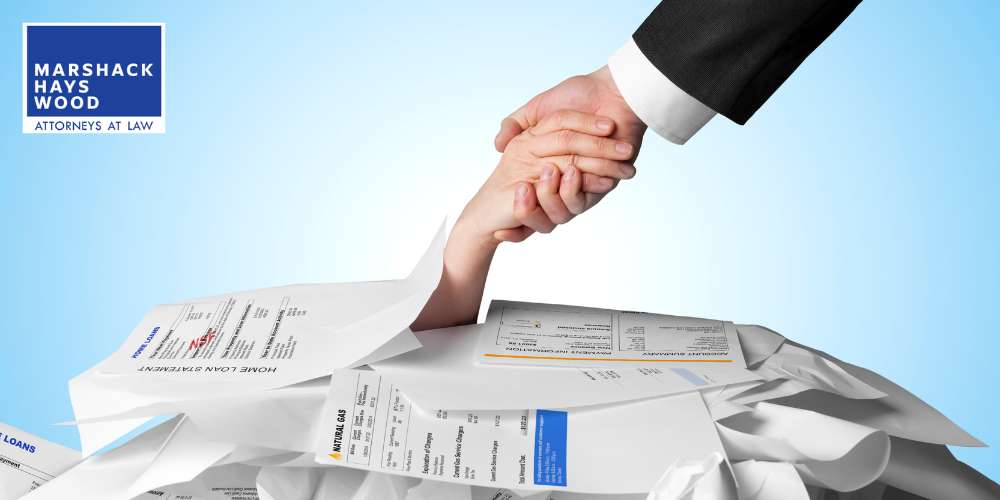
What is Chapter 7 Bankruptcy?
Chapter 7 bankruptcy, also known as liquidation bankruptcy, is a legal process designed to help individuals and businesses eliminate, or discharge, their debts when they can no longer meet their financial obligations.
In terms of debt, people can have unsecured debt or secured debt. Unsecured debts are any debts that do not have collateral tied to them, like credit card debt or medical bills. Secured debts are the exact opposite–they are debts with collateral tied to them, like car loans.
Unsecured debt is usually completely dischargeable under Chapter 7, meaning it will likely be erased, leaving unsecured creditors with nothing. Secured debts, however, are usually liquidated, or sold, in order to pay off a person’s secured creditors.
While many secured assets are completely liquidated in a Chapter 7 bankruptcy, some assets are exempt from bankruptcy up to a certain amount. Federal and state exemption laws can protect a person from having their car or home completely taken away from them during bankruptcy. The goal of bankruptcy is not to leave someone without anything to their name: its goal is to help alleviate debt while also satisfying creditors.
The bankruptcy process requires a number of different steps and a decent bit of time. By the end of it, however, the person filing bankruptcy will have their dischargeable debts completely erased, giving them a fresh financial start.
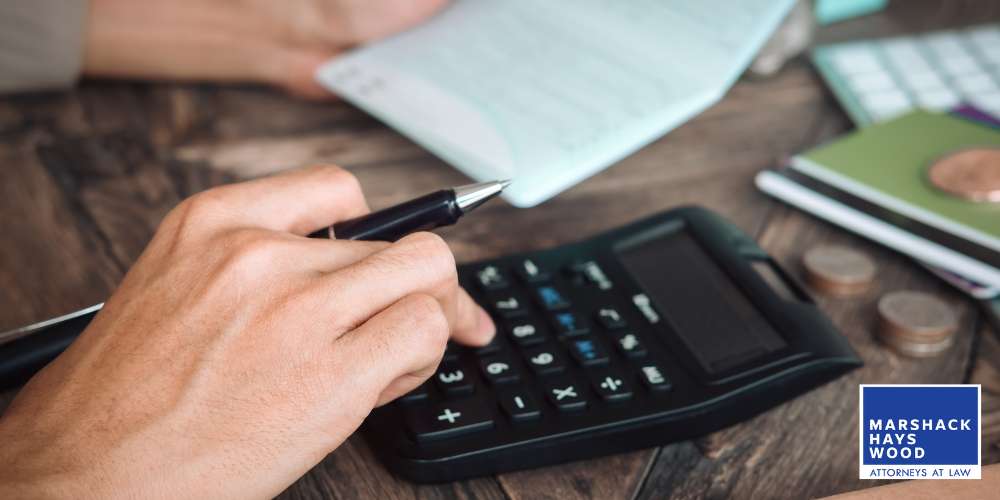
How Long Does It Take to File Chapter 7 in Orange County?
The Chapter 7 bankruptcy process takes about four to six months from the filing date for a person to receive their bankruptcy discharge. Here’s what to expect during a Chapter 7 bankruptcy filing in Orange County.
Complete the First Credit Counseling Course
At the beginning of the bankruptcy process, debtors are required to attend credit counseling with an approved credit counseling agency. This must be done before the bankruptcy filing. Attending a credit counseling course can help ensure the person considering bankruptcy understands their options before filing.
Complete and File the Paperwork
After attending the credit counseling course, the person planning to file bankruptcy must complete the necessary bankruptcy forms and gather the required documentation needed to file. These additional documents normally include financial records like:
- Income tax returns from the past two years
- Pay stubs or proof of income from the past six months
- Bank statements of financial transactions from the past three months
They will also need a list of all of their dischargeable and nondischargeable debts. These can include:
- Personal loans
- Car loans
- Home loans
- Student loans
- Medical bills
- Unpaid child support
- Unpaid spousal support
After filling out the paperwork and gathering the proper documentation, they can file their bankruptcy petition. A bankruptcy attorney can help the petitioner file all of the necessary bankruptcy forms and ensure that they are filing for the right chapter of bankruptcy.
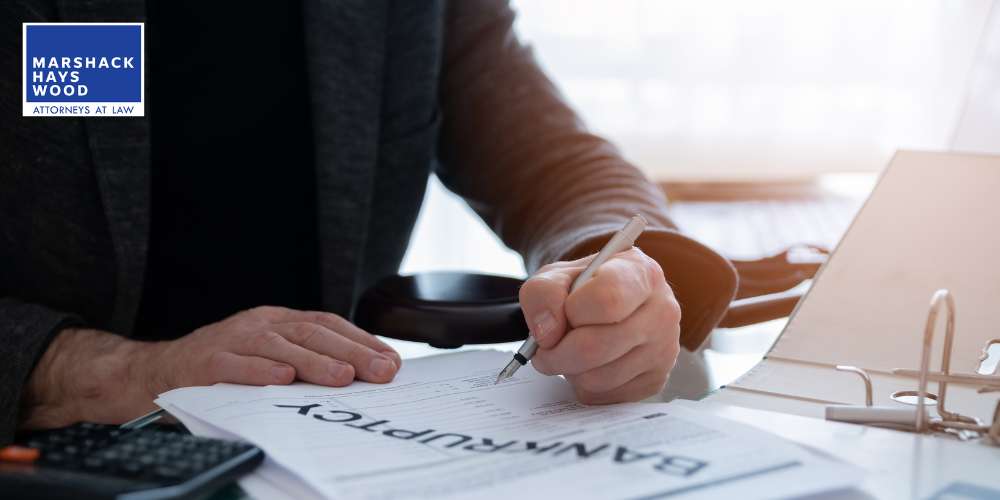
Pay the Bankruptcy Court Fees
When filing their bankruptcy petition, they will be required to pay a filing fee. In California, it costs $338 to file with the bankruptcy court.
If someone cannot afford to pay the fee, they may qualify for a fee waiver, depending on their income. They will need to check their eligibility, fill out a Form 103B Application, and provide the necessary documents to prove their financial status.
This does not include the cost of any attorney fees if they choose to hire an attorney to help them through the bankruptcy court process. If you are considering filing for bankruptcy, call the bankruptcy professionals at Marshack Hays Wood at (949) 333-7777 today to learn more about what our team can do for you and your bankruptcy case.
The Automatic Stay
After paying the court fee and successfully filing their bankruptcy petition, the person filing will normally be granted what is called an automatic stay. The automatic stay is an injunction that prevents collection efforts from their creditors. This includes actions from creditors such as:
- Foreclosure
- Repossession
- Collection calls
- Lawsuits and other legal actions
The automatic stay allows the debtor to focus on their bankruptcy case without being harassed by creditors throughout the process and will stay in place until the bankruptcy is complete.
Get a Bankruptcy Trustee
When a Chapter 7 bankruptcy is filed, the court appoints a trustee to oversee the case. The trustee is there to review the bankruptcy petition, liquidate any nonexempt assets, and use the proceeds from the liquidation to pay off creditors until the proceeds run out.
The bankruptcy trustee also acts as the broker between the debtor and their creditors, and will conduct the 341 creditors’ meeting with the debtor and their creditors.

Attend 341 Creditors’ Meeting
About a month after filing, the trustee will call a meeting of creditors, where the debtor is questioned under oath by the trustee and by creditors about their property and debts.
Typically, no decisions are made at the 341 creditors’ meeting regarding the discharge of debts. The purpose of the meeting is mostly so the trustee can gather information and so the creditors can ask questions.
Assuming there are no complications, and no creditor or the trustee files a complaint objecting to the discharge, the debtor can move on to the next step of the process.
Complete the Second Credit Counseling Course
After filing and completing the 341 meeting, the person filing must complete a debtor education course to have their debts discharged. This debtor education is primarily to help ensure the debtor understands how to budget and manage their finances to prevent them from falling back into debt.
Receive the Chapter 7 Discharge
At the end of the bankruptcy procedure, the bankruptcy judge presiding over the case will grant the debtor a discharge order. This is a court order that releases the debtor from all of their discharged debts.
After the debt education course is complete, the debtor will usually receive a notice of discharge from the court about 60 to 90 days after their 341 meeting. The Chapter 7 discharge is the end goal for anyone looking to file for bankruptcy under Chapter 7, as it declares them free of obligation to their discharged creditors.
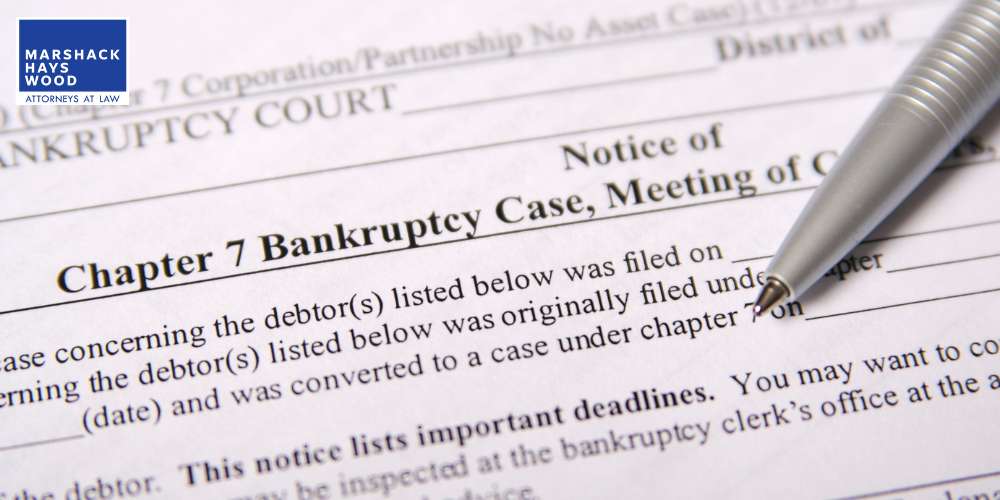
Chapter 7 Discharge Timeline FAQs
Every bankruptcy case is different, but here are some frequently asked questions about the Chapter 7 bankruptcy timeline that could apply to any Chapter 7 case.
Can I File Chapter 7 Before 8 Years Pass?
No, you have to wait eight years before you can file for Chapter 7 bankruptcy. It’s important to note that you have to wait eight years from the date that you filed your prior case, not the date that you received your discharge.
If you attempt to file for bankruptcy before these 8 years have passed, the bankruptcy court will likely deny your petition, leaving you on the hook for all of your debts.
How Long Does a Chapter 7 Filing Stay on Your Credit?
Chapter 7 bankruptcy can stay on your credit report for 10 years, starting from when you received your bankruptcy discharge. While a Chapter 7 bankruptcy can be an incredibly useful debt relief option, it’s important to note that it can negatively impact your credit score for years.
A bankruptcy lawyer can help you understand your options before filing for bankruptcy and can even help you find alternative debt settlement options or non-bankruptcy workouts.
Can Anyone File for Chapter 7 Bankruptcy?
No, in order to file under Chapter 7 of the United States Bankruptcy Code, the person filing must pass the means test for Chapter 7. This test compares their income to the median monthly income for their household size in their state.
If the debtor’s income is too high, they may have to file a Chapter 13 bankruptcy instead, which involves a repayment plan over three to five years. If you are in overwhelming debt, but could reasonably pay it off, you most likely would not qualify for a Chapter 7 bankruptcy.
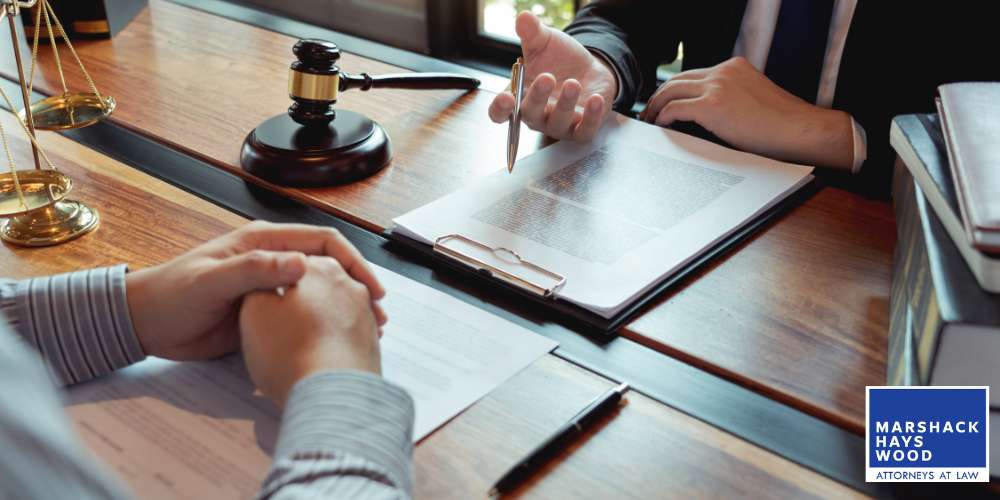
Contact the Skilled Orange County Chapter 7 Lawyers at Marshack Hays Wood
Each step in the bankruptcy process requires careful attention and informed decision-making. At Marshack Hays Wood, our skilled bankruptcy attorneys are dedicated to guiding you through each phase with expertise and empathy.
Let us help you turn the page and embark on a future free from overwhelming debt. Call our law firm at (949) 333-7777 or contact us online to schedule a free consultation with an experienced bankruptcy attorney on our team.
